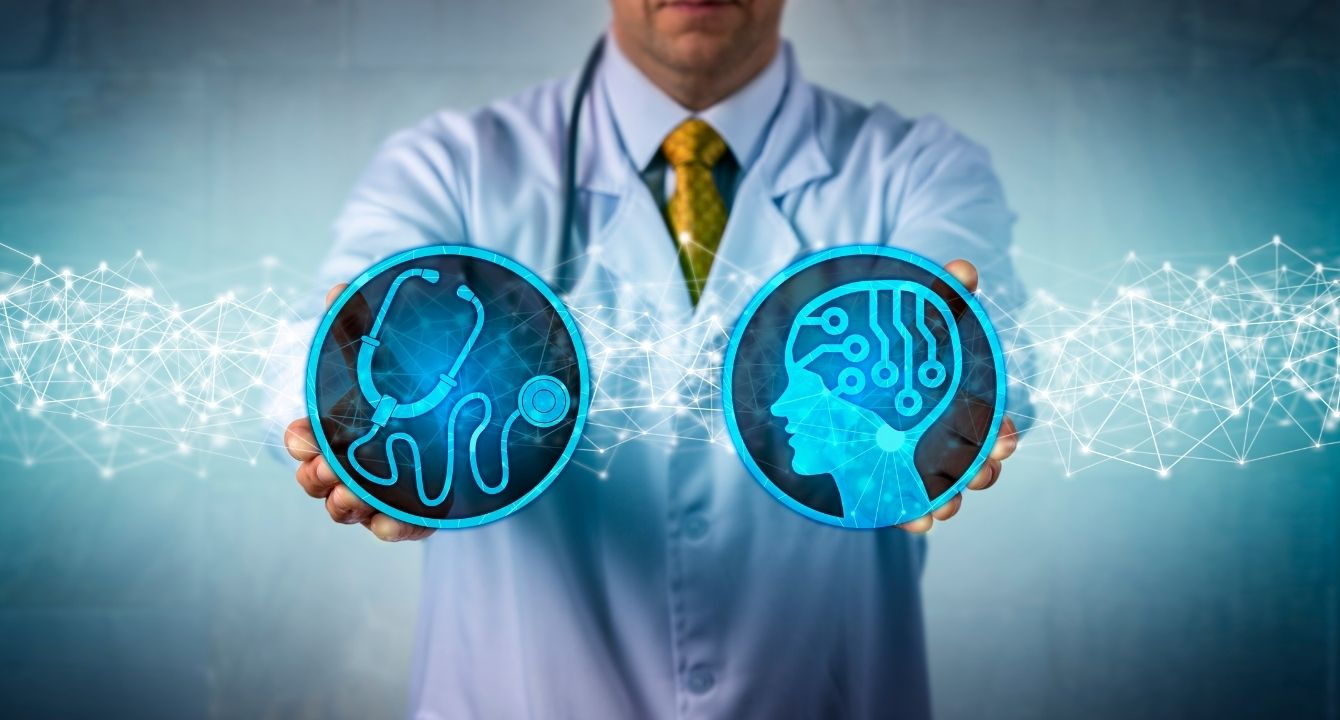The Basic Principles Of "Empowering Healthcare Professionals: AI-Assisted Decision Making"

The Role of AI in Enhancing Medical Imaging and Radiology
Artificial Intelligence (AI) has helped make substantial advancements in different areas, and one region where it is showing to be incredibly valuable is medical image resolution and radiology. Along with the potential to evaluate substantial volumes of data rapidly and efficiently, AI has the possibility to transform the way clinical pictures are interpreted and enhance patient treatment. In this blog post, we will discover the role of AI in enhancing medical imaging and radiology.
Health care imaging plays a important task in identifying illness, checking therapy progress, and guiding surgical interventions. However, interpreting these photos can be a time-consuming method for radiologists, as they need to assess various photos to recognize irregularities or indicators of condition. This is where AI comes in to play.
One of the major apps of AI in medical image resolution is image recognition. Through training deeper learning formulas on large datasets having classified pictures, AI bodies can easily discover to acknowledge patterns a sign of a variety of problems or diseases. This permits for a lot more accurate and efficient analysis of clinical pictures.
For example, in mammography assessment for breast cancer discovery, AI algorithms can identify dubious places on mammograms that might show early indicators of cancer cells. By highlighting these regions for additional exam by radiologists, AI devices can easily aid lessen untrue negatives and assist in very early prognosis.
Moreover, AI may aid in image segmentation - the process of determining certain frameworks or regions within an photo. For circumstances, when evaluating mind MRI scans, radiologists often need to segment various human brain tissues such as gray matter, white matter, and cerebrospinal liquid. Generally, this segmentation process was conducted by hand through radiologists which was time-consuming and vulnerable to human inaccuracy.
With Official Info Here of AI formulas like convolutional nerve organs networks (CNNs), automated segmentation strategies have been built that can easily correctly segment different physiological constructs within medical pictures. This not only conserves beneficial opportunity but additionally improves uniformity around different interpretations.

Another location where AI is creating a significant effect is in the discovery of oddities or abnormalities in clinical images. For instance, breast X-rays are frequently used to identify lung diseases such as pneumonia or lung cancer cells. By training AI styles on large datasets of classified breast X-rays, algorithms can learn to sense patterns linked along with these problems.
This may help radiologists through flagging doubtful locations and supplying added information that might have been disregarded. Additionally, AI-powered units may compare present images along with previous scans to determine changes over time, helping in the screen of ailment progression or therapy reaction.
AI algorithms can also assist in boosting picture top quality and lowering artifacts created through devices constraints or calm movements. By evaluating picture information, AI units may enhance graphic resolution, minimize noise, and strengthen overall photo quality. This enables for better visualization of physiological structures and raises analysis accuracy.
Despite its possible advantages, it is essential to note that AI should be seen as a resource to increase instead than change individual radiologists. The know-how and professional opinion of radiologists are still vital for effectively interpreting clinical images and helping make informed selections relating to persistent treatment.
In final thought, the part of AI in boosting clinical imaging and radiology is promising. It has the possibility to boost the accuracy and productivity of graphic analysis, assist in early disease detection, help in segmentation duties, improve picture high quality, and help with health condition display. As modern technology proceeds to accelerate, it is vital that we take advantage of the energy of AI while making certain appropriate verification and assimilation into professional strategy for optimal patient end results.
